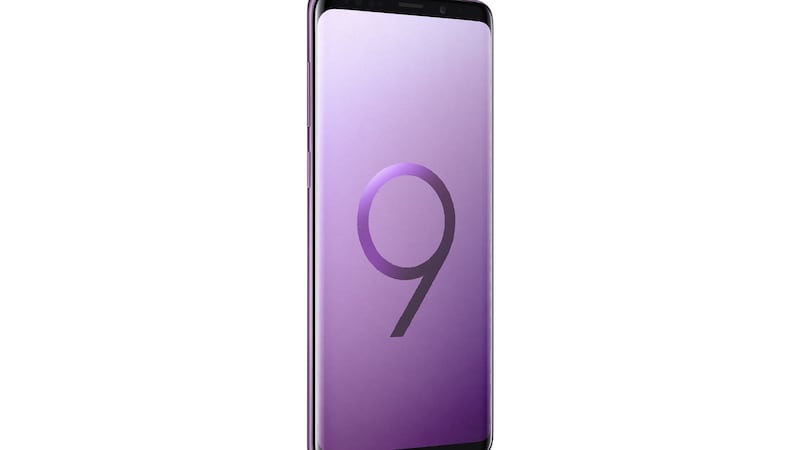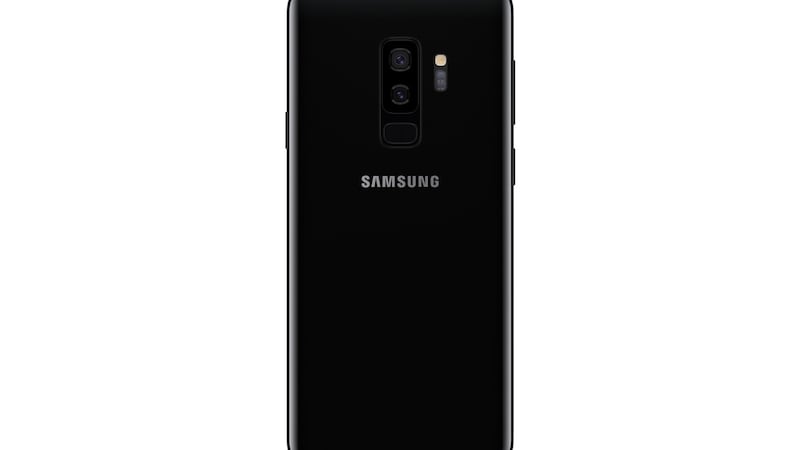What a difference a year makes. At Mobile World Congress last year, Samsung was forced to deviate from a now-annual launch for its flagship Galaxy smartphones, following the debacle of the Note 7. The company needed some time to test the phones to make sure the problems that hit the Note 7 battery, eventually causing it to be removed from sale, wouldn't be replicated.
But Samsung bounced back with the launch of the S8 and Note 8, and now it has unveiled the follow-up: the S9.
Looking at the S9 and the S9+, you’d find it difficult to distinguish it from its predecessor. It has the same basic look, with the “infinity display” that the S8 introduced. Samsung has opted to refine the design a little and instead concentrate on what it thinks everyone will want: the camera. Low light performance, artificial intelligence and additional camera modes have all been been added in a bid to fend off competition from the iPhone X.
Both models have had refinements to the camera to make it perform better in low light including a dual aperture camera, from f1.5 to f2.4.

The main differences between the S9 and the S9+ are screen size - 5.8 inch versus 6.2 inch displays - the RAM, which is 4GB in the S9 and 6GB in the S9+, and battery, with the S9+ gettings a larger battery. The S9+ has a dual camera, versus the S9’s single, giving it telephoto capabilities.
They also both have super slow-mo mode, which captures 960 frames per second , and intelligent motion detection that will start recording as soon as motion hits the frame.
The camera also has “Bixby Vision”, which is AI-powered and allows you to translate languages simply by pointing the camera at it. You don’t have to take a photo for it to work, but you do need an internet connection.
Samsung has also included what it has dubbed “intelligent scan”, which combines facial scans and iris recognition to unlock your phones, so you only need to look at your phone to unlock it - like the iPhone X. If you don’t fancy that, there is also the option of the fingerprint sensor, which is located on the back of the phone, something Apple chose to remove in favour of FaceID.
It’s not just FaceID that Samsung is taking on. It has also developed an answer to the animoji craze that gripped users in the wake of the iPhone X launch. AR Emoji allows you to create an emoji character based on your real-life look and expression.

The Dex accessory, designed to turn your phone into a desktop, has also been refined. Samsung has listened to feedback from its users, and changed the design to allow access to the audio jack while the phone is docked. It also now supports more than one resolution, making the device a little more usable than before.
Preorders opened February 25th, with phones beginning to ship from March 9th for some customers.
















